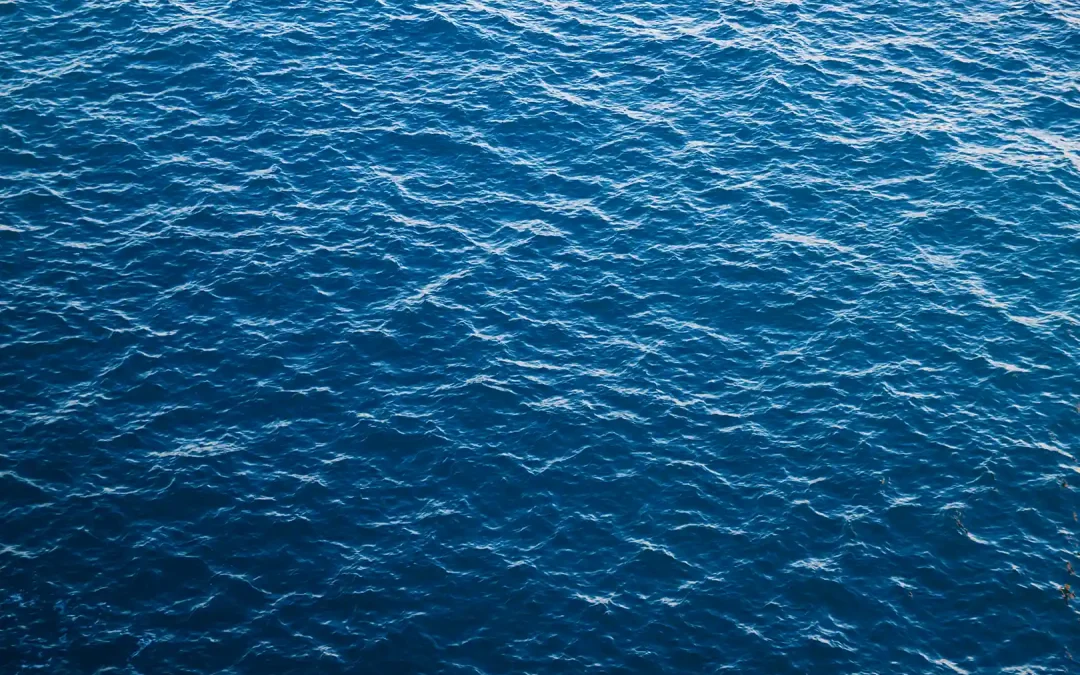
Resource Use and Waste Generation in Aotearoa
In May 2025, Parliamentary Commissioner for the Environment (PCE) published the research note ‘Resource use and waste generation in Aotearoa New Zealand: filling (some) gaps’ to contribute to the investigation they’re carrying out on the impacts economic production and consumption impart on the environment. The investigation seeks to gather information about whether continued population and economic growth can be sustainable with finite natural resources and absorptive capacity for waste and pollutants. The research note summarises five pieces of external research commissioned by PCE to fill in data gaps identified in their literature review that centred around resource use and waste generation in New Zealand.
One of the external research pieces, ‘The plastic content of manufactured imports’ was undertaken by Eunomia Research & Consulting alongside Whirika Consulting. This research focussed on quantifying New Zealand’s plastic problem and mapping the flows of plastic. Two key findings identified in the research note are outlined below:
Key finding #1: There is far more plastic in complex products than in packaging.
Key finding #2: The largest components of New Zealand’s plastic use – vehicles and textiles – are also key sources of microplastics.
Click here to find out more about PCE’s investigation into resource use and waste generation, and to read a summary of our report on page 48.
“Measuring the amount and types of plastic we use and discard is a prerequisite for appropriate management and monitoring – it is a vital step in allowing us to make evidence-informed decisions around where we direct resources to improve our use and management of plastic, and to track their effectiveness.” – Professor Dame Juliet Gerrard (previous Prime Minister’s Chief Science Advisor)
